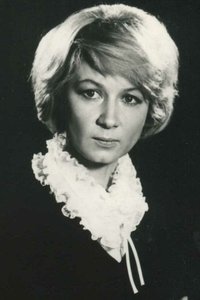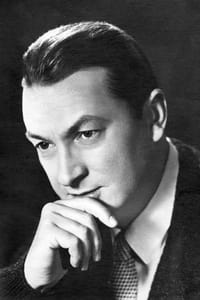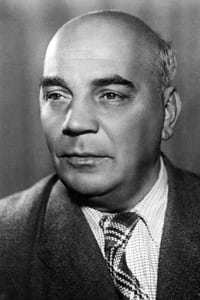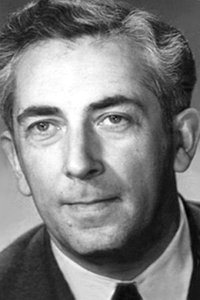What is the Theory of Relativity?
Genres
Documentary
OverView
In a compartment of the Moscow-Novosibirsk train, a young physicist meets famous film actors. The conversation accidentally comes to Einstein, and the woman begins to explain to her fellow travelers what the theory of relativity is. The actors are incidentally on their way to the shooting of a film about physicists, but they do not understand the subject at all.
Others
Budget
$--
Revenue
$--
Status
Released
Original Language
Russian
Runtime
20 mins
Rating
1/10
Release Date
15 January 1964
Country
Soviet Union





